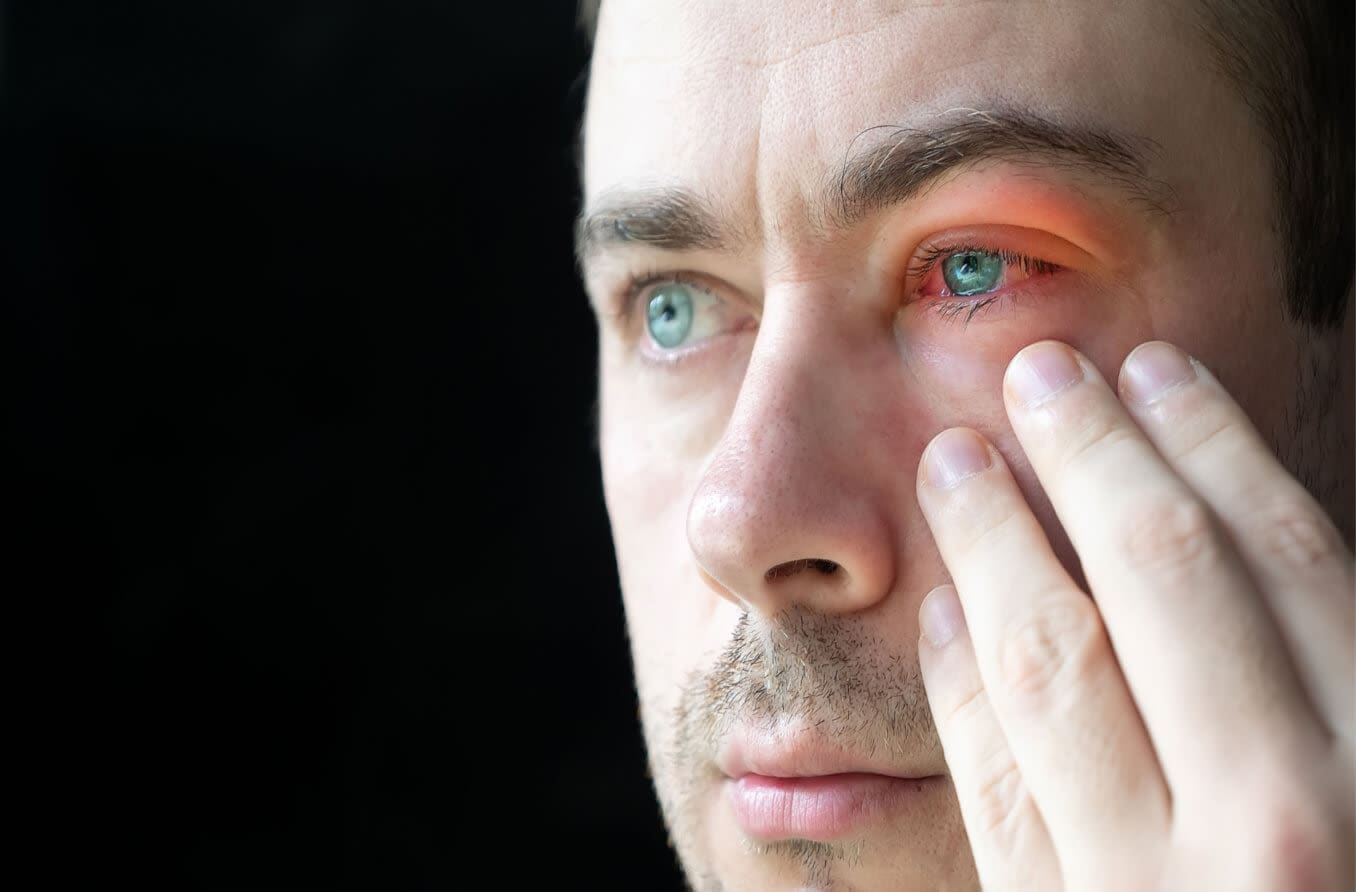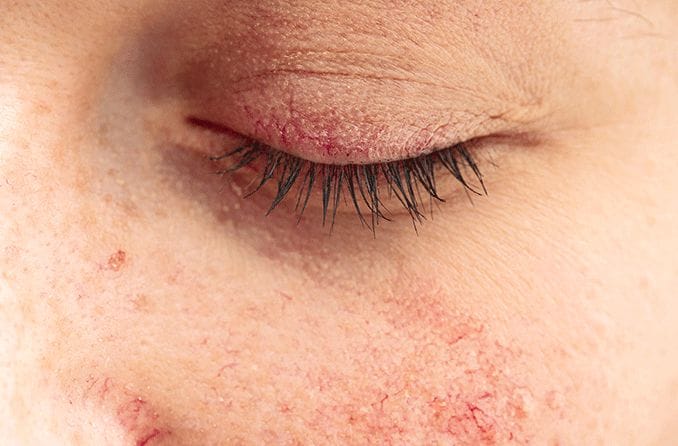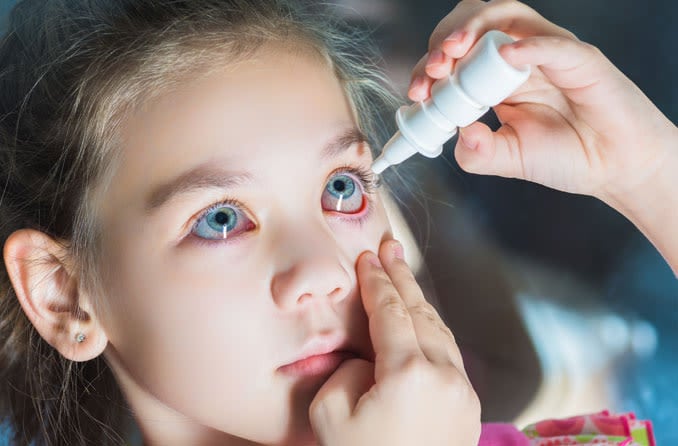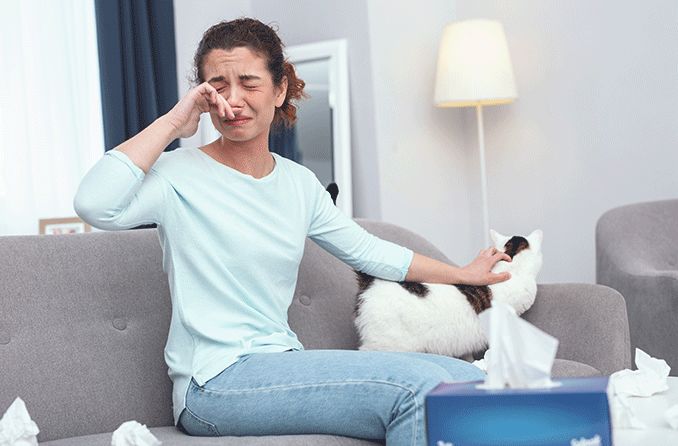Can you get a bug bite on your eye?
Getting bitten or stung by a bug is an unfavorable experience for everyone, no matter where it occurs on the body. But a sting or bite in or near the eye can sometimes be a bit more concerning.
An insect’s bite can cause pain, redness, itching and/or burning. Stingers that implant in the skin can produce swelling and irritation. And in some cases, a bite or sting can cause an allergic reaction or an infection at the site.
The following are some of the most common types of bug bites that occur in or near the eye, and what to do if you experience them.
Spider bite on the eyelid
Spider bites are often harmless, but they can cause irritation, inflammation and mild injury if they take place near the eye.
Two species of spiders are considered very harmful because of their venom — the black widow and the brown recluse. Both species live in warm climates.
A brown recluse is identified by a violin-shaped mark on the upper portion of its back. You can find these spiders in areas with low-traffic, including attics, basements or closets. While they are not considered aggressive, brown recluse spiders may strike if they are held or feel trapped.
The black widow spider also favors warmer areas. Black widows are small, button-shaped black spiders that feature a red mark on their lower bodies. If you’re bitten by a black widow, you need to seek emergency medical attention. These spiders carry a toxin that can seriously impact your immune system, in addition to harming your eyes.
Symptoms
Symptoms of a spider bite on or near the eye are similar to those on other parts of the body. But the skin and tissue surrounding the eye is quite sensitive. Thus, symptoms may seem worse.
The following symptoms in or around the eye may indicate a spider bite:
Rash
Possible bite marks
Symptoms unique to a brown recluse bite include:
A dark blister or ulcer
A bullseye shaped mark around the bite (purple in the center, with a white ring and a red outer ring)
Redness, which can take a while to appear
Symptoms unique to a black widow bite include:
Dizziness
Sweating
Tremors
Restlessness
Redness that appears immediately after the bite
Swelling is generally more significant in young children. It usually calms down after several days, but it’s crucial to monitor the progress in case an infection has developed.
SEE RELATED: Treating swollen eyes in toddlers and children
Treatment and what to do after a spider bite
The moment you notice a bite on or near your eyelid, be sure to clean the area thoroughly with an eye wash solution. Keep the bite clean and refrain from touching your eyes except while cleaning the bite. You can also begin to treat swelling, pain and other irritations.
Mild spider bites can be treated at home with remedies such as:
Ice packs or cool compresses
Over-the-counter painkillers such as Tylenol or Advil
An antibiotic cream to prevent infection
An antihistamine to ease any itching
Contact a doctor if symptoms change, worsen or persist.
Certain eye drops may help with some symptoms. Before beginning use, ask your eye doctor which type of eye drop would be best for your circumstance.
Mosquito bite on the eyelid
Mosquito bites are the most common insect bites to occur on or near the eyelid. Though they are usually harmless, they can be very irritating. And in some cases, they can lead to an infection.
Symptoms
Symptoms of a mosquito bite on or near the eyelid can include:
Pain
Swelling around the eye or on the eyelid
Redness of the eyelids
Itching
Treatment and what to do after a mosquito bite
Mosquito bites are bothersome, but usually harmless. Make sure to cleanse the area after the bite occurs and continue to keep it clean. Refrain from rubbing, scratching or touching your eyes in any capacity as the bite heals.
Some things you can do to ease the irritation include:
Apply an ice pack or cool compress to help with swelling
Take an over-the-counter antihistamine for itching (Benadryl for immediate aid or Zyrtec for chronic symptoms)
Take an over-the-counter pain reliever (Tylenol or Advil)
Apply an antibiotic cream to prevent infection
Eye drops may be helpful for treating mosquito bites. Ask your eye doctor which type of eye drop you need before beginning use.
Don’t hesitate to call your doctor if symptoms seem to get worse or if they don’t go away.
Other types of bug bites on the eyelid or around the eye
Bed bugs, fleas and gnats are some less common types of bugs that may occur on or near the eye. The irritation they cause can usually be treated with a cool compress and over-the-counter painkillers.
Some insects sting rather than bite. If a stinger is left implanted in the skin near the eye, it can cause further harm to the area. Any stinger should be removed as soon as possible.
Whether a bite or a sting, scratching or rubbing the area can aggravate the injury. This can sometimes lead to an infection and cause the injury to take longer to heal. If you experience complications such as these, contact an eye doctor for further treatment.
Bug bites and stings that are emergencies
Wasp, hornet or bee stings may be an emergency, depending on the exact location of the sting. If the stinger stays lodged in the skin, it can continue to cause damage. And if the sting occurs close enough to the eye, it can potentially harm the eye’s structures.
You can bring down the swelling of a sting with an ice pack and/or an over-the-counter antihistamine. This is important because if there is too much swelling, it can make the stinger more difficult to remove. (If you or a trusted friend are unable to remove the stinger, see a medical professional as soon as possible to assist you.)
If you have an allergy to the insect that bites or stings you, seek emergency care. Anaphylaxis can occur in those with serious allergies, and it can make it very difficult to swallow or breathe. (This is seen more often in people who are allergic to bees.)
Many insect encounters are not harmful, but when in doubt, don’t hesitate to contact your eye doctor or other medical provider.
Bacteria and germs can also enter the skin through the puncture wound of a bite or sting. This can lead to a condition called preseptal or periorbital cellulitis, which is an infection of the eyelid and surrounding skin.
Periorbital cellulitis
Periorbital cellulitis, also called preseptal cellulitis, is an infection of the eyelid that is common after an insect bite. A bug bite or sting serves as the minor trauma to the eyelid that allows for an infection to develop.
The insect bite or sting causes a break in the skin, which allows bacteria to enter the lid. Periorbital cellulitis is an infection that is in the anterior part of the eye. This condition presents with a swollen lid that is often tender and warm to the touch. It may also present with a low fever.
The eyelid swelling often has an S-shaped appearance and may even cause the eye to appear “swollen shut.”
It is important to diagnose and treat periorbital cellulitis as soon as symptoms present. Oral antibiotics will be prescribed in order to decrease the symptoms and resolve the infection.
Periorbital cellulitis is easily controlled with proper treatment. It is important that the condition does not progress to an orbital cellulitis. The infection in orbital cellulitis lies in the posterior area of the eye and can be site threatening. Both conditions can present with similar symptoms.
A visit to your eye care provider can determine the proper diagnosis and treatment of all insect bites and the symptoms they cause.









